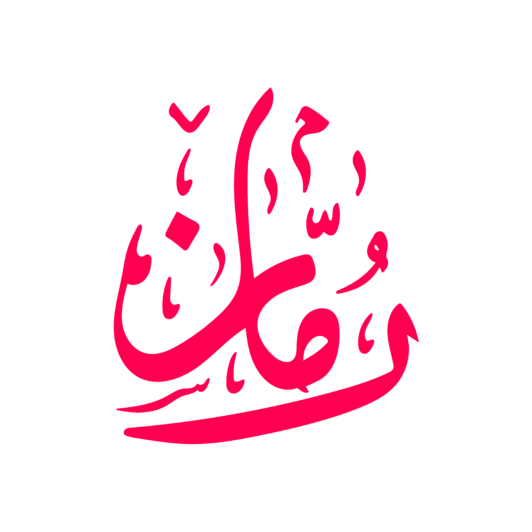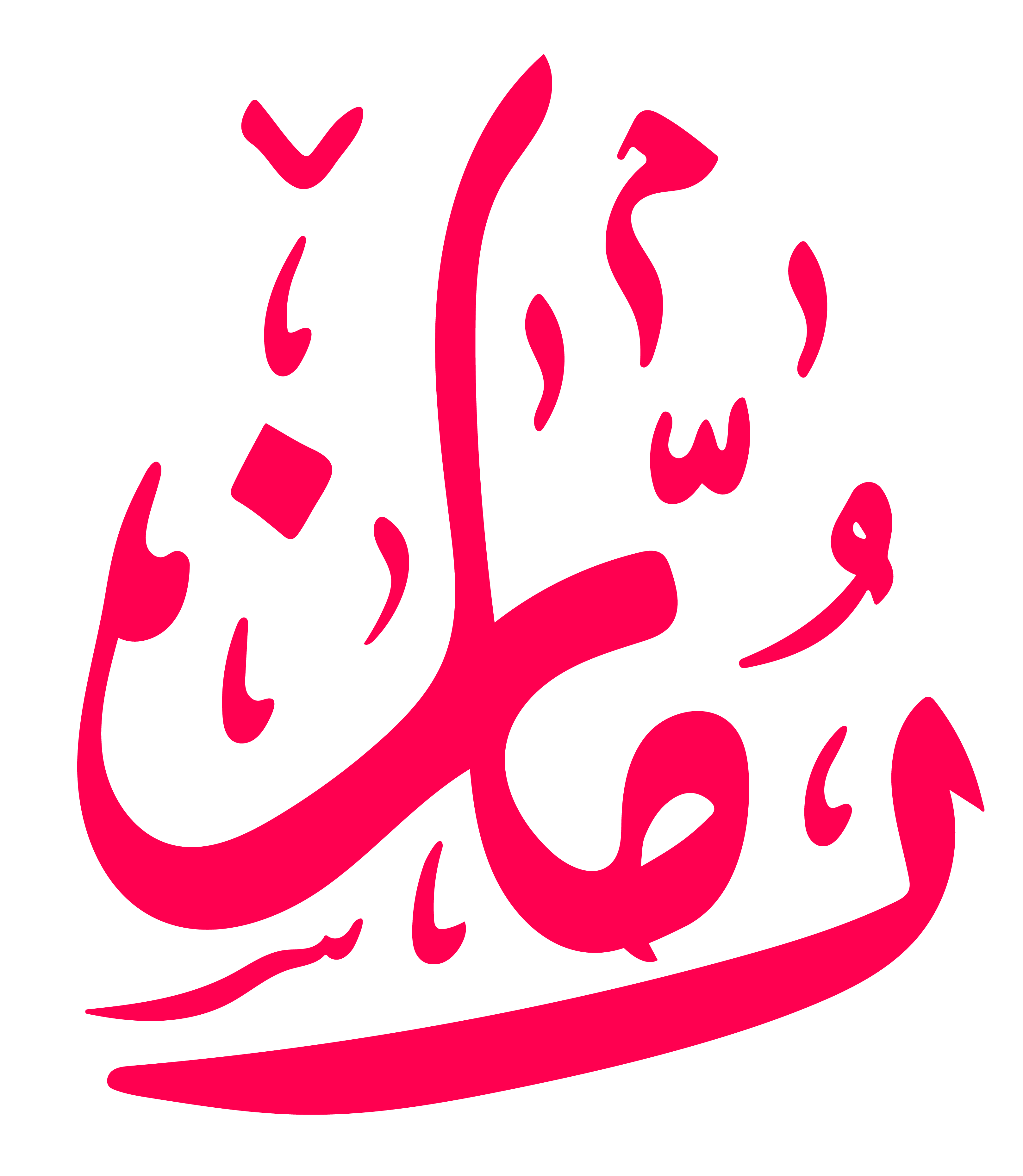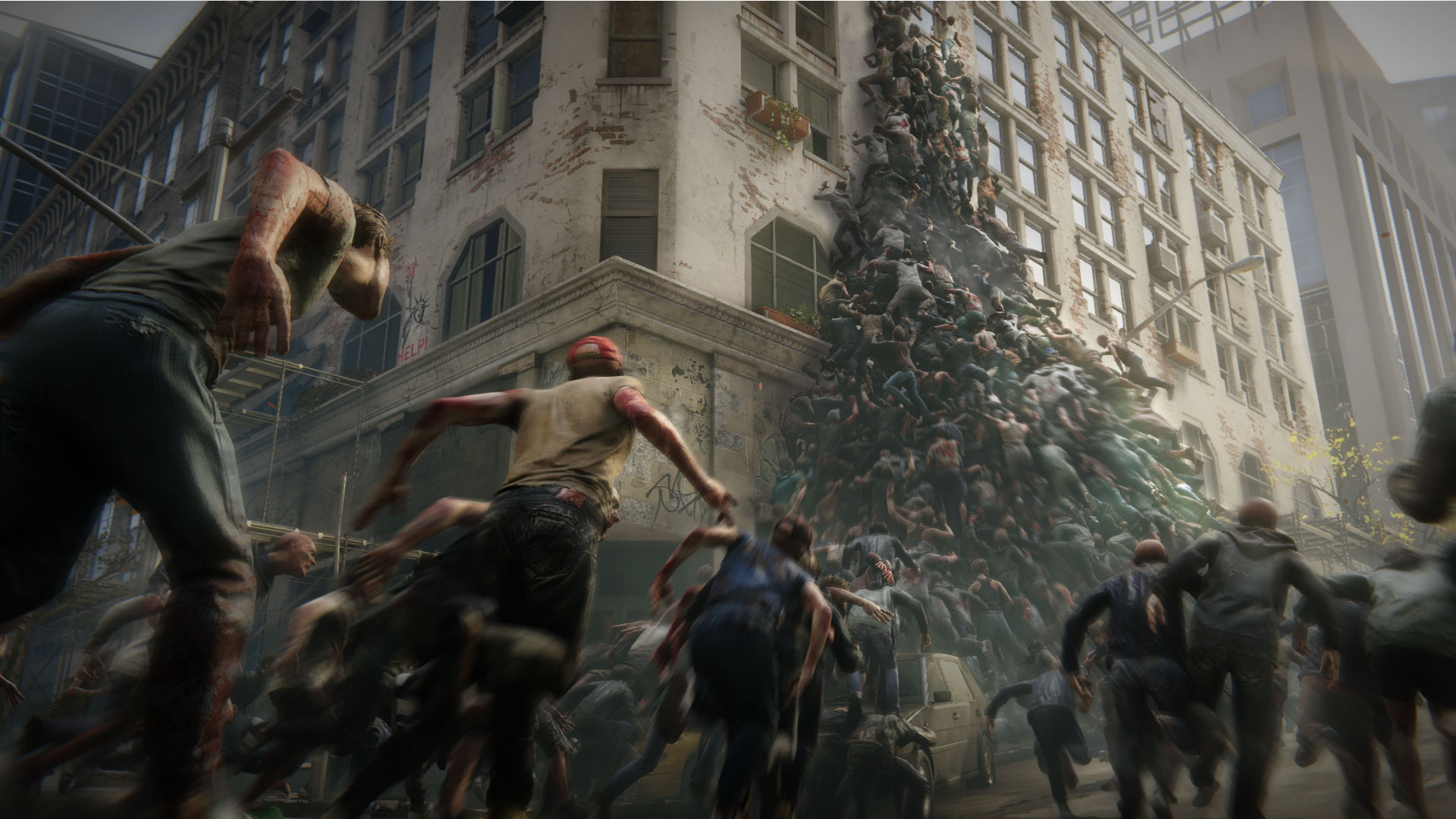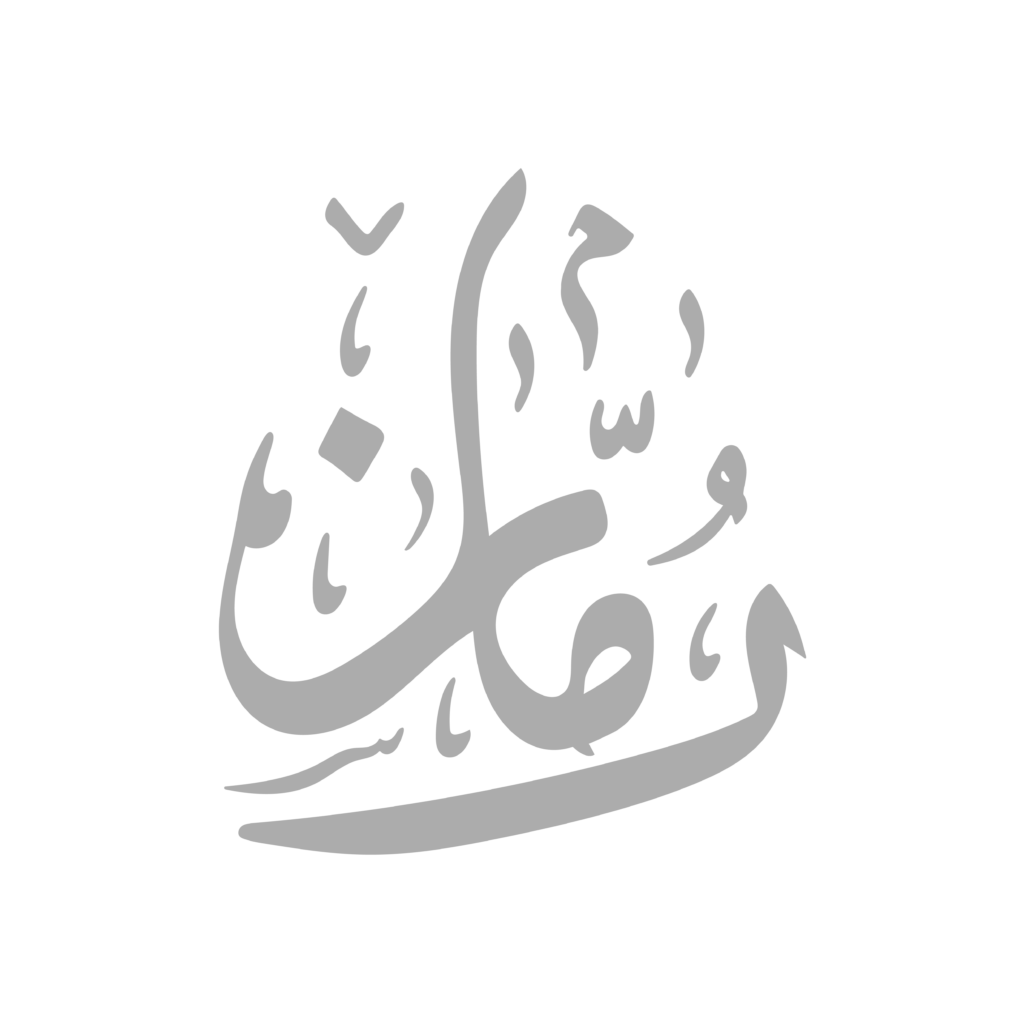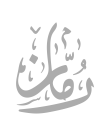المقال من أوّله… هنا
ختام
عند تطبيق نظريات برناديت كالافيل وإريك واتس وغيرهما من الباحثين المهتمين بالوحشنة على فيلم “World War Z”، نجدنا مضطرين إلى استنتاج أن الفيلم يستخدم الوسائط المرئية والمكانية وأجزاء معينة من التاريخ لوصم “الآخرين” من الفلسطينيين والعرب على أنهم زومبي محتملون، ولا بد من احتجازهم خلف الجدران الأمنية.82 كان إريك واتس محقًا بالتأكيد عندما دعا الباحثين الناقدين في مجالنا لتتبع تأثير خطابات الزومبي، لأنها توفر مساحة لتحديد التراكيب والعلاقات التي تتضمن كلا من الذكريات السياسية الحيوية والعلاقات العرقية.83
يحكي الفيلم قصة تحت ستار طبي، تؤكد أن البشرية تستفيد من التحالف بين محققي الأمم المتحدة والإسرائيليين ضد الزومبي. ويمكن اعتباره أيضًا حكاية مجازية تتعارض مع الادعاءات بأن الجدار الأمني الإسرائيلي هو في الواقع جدار “فصل عنصري”. يستخدم العمل التحولات والوحشية لإخفاء القوى التي بنت الجدار “الأمني”، ويدعو المشاهدين إلى التفكير فيه باعتباره حشدًا أو صرحًا يساعد في تحصين الإسرائيليين الصهاينة، الذين يستخدمون المستوطنات أو الجدران أو نقل العواصم لدرء “الآخر” الوحشي.
وكما أشرنا بالأعلى، فإن المَشاهد التي تُظهر الزومبي يحاولون تسلق الجدار الإسرائيلي المحصن تهدف إلى توفير روايات تحذيرية لما سيحدث إذا توحد رجال السلام الإسرائيليون مع منتقديهم الدوليين، وقاتلوا جنبًا إلى جنب في سبيل حل المشكلة الإسرائيلية الفلسطينية عن طريق حل الدولة الواحدة أو الدولتين. يتساءل هينكين، بعد مرور أكثر من عامين على إطلاق “World War Z”، عما إذا كان الفيلم يعكس كيفية محاولة صناع السياسة الغربيين للسيطرة على المتطرفين الإسلاميين:
“لا يحمل الفيلم ما يوحي بوجود تعريف ضمني يجمع بين الزومبي والجهاديين الإسلاميين، رغم أن هذا التشبيه يبدو مناسبًا، لا سيما أن العديد من صناع السياسة اليوم يضعون تعريفات مماثلة بأنفسهم، تصور المتطرفين الإسلاميين بمصطلحات أكثر ملاءمة للفيلم من مذاهب وأفكار داعش مثلًا. … الرئيس الأمريكي، خلال القلق الذي أعقب مذبحة شارلي إبدو … يشير إلى أعداء أمريكا من الإسلاميين على أنهم “مجموعة من المتعصبين العنيفين والشرسين الذين يقطعون الرؤوس أو يطلقون النار بشكل عشوائي على العامة في مطاعم باريس”، أو باختصار: زومبي.”84
نعم، كما قد يتخيل القراء، ليس “المتطرفون الإسلاميون” وحدهم هم الزومبي في هذا الفيلم.
في حين أننا ركزنا معظم انتقاداتنا على وحشنة وآخرية الفلسطينيين، فمن الواضح أن الباحثين الذين سيأتون من بعدنا لن يواجهوا صعوبة كبيرة في حياكة تنظيمات مثل طالبان أو القاعدة في أطر تفسيرية مماثلة. بغض النظر عن الكيفية التي يفكر بها المشاهدون أو النقاد في عدالة تقديم الجغرافيا السياسية الإسرائيلية في الفيلم، لا شك أن بعض الإسرائيليين والمدافعين عن السياسات الصهيونية في الشرق الأوسط انزعجوا من الاهتمام الكبير الذي أولته وسائل الإعلام للفيلم. تكتب بانين مثلًا لوكالة أنباء التلغراف اليهودية عن أنه لم يكن فقط “بلطجية إسرائيل” من يكتبون عن الفيلم، ومعربة عن أنه كان من الأفضل أن يوجه المخرج وكتاب السيناريو الأنظار بعيدًا عن القدس ونحو مكان آخر، كالقسطنطينية مثلًا.85 فلماذا وقع اختيار المنتجين على هذا الموقع الجغرافي بالذات لتصوير فيلم عن الزومبي؟
قد يلاحظ النقاد الثقافيين، المدعومين بنظريات الوحشنة، أن هذا النوع من رد الفعل مهم، أولًا لأنه يستخف بقوة الأدوات الثقافية التي تعكس الفهم العام للقضايا الجيوسياسية المعاصرة. ومع وضع العلاقة “الخاصة” بين الولايات المتحدة الأمريكية وإسرائيل في الاعتبار، وحقيقة أن أقلية فقط من الأمريكيين يرون مشكلة في جدار “الأمن” الإسرائيلي، فإن كتاب السيناريو وغيرهم من منتجي “World War Z” كانوا متأكدين من أن إدراج مشاهد مؤيدة لإسرائيل في فيلم عن الزومبي سيلعب دورًا مهمًا في شباك التذاكر. لعب الاقتصاد السياسي دورًا مؤثرًا في عدم خروج كارثة الزومبي من الصين، لأن هذا يعد مخاطرة بمنع الفيلم هناك.
لكن عندما تمنت بانين اختيار مدينة أخرى بدلًا من القدس، فإن محاولتها إبعاد الانتباه عن احتياجات الأمن الحيوي الإسرائيلي تشير إلى الرغبة في إخفاء المحنة الفعلية للفلسطينيين الذين يتعين عليهم التعايش مع الذل كل يوم.86 من الناحية النظرية، فالفكرة هي منح جيش الدفاع والشرطة الإسرائيلية الحرية في طرد المدنيين من غزة والضفة الغربية، وبالتالي يمكن لبقية العالم التعامل مع مشاكله الإقليمية الخاصة.
إلا أنه لو كانت كالافيل محقة في إشارتها إلى أن هوليوود مهووسة بالوحوش، وأنها جزء من الثقافة الشعبية للمشاهير، فإن هذا الفيلم لن يكون آخر الإنتاجات الضخمة التي تروج للهسبرة الإسرائيلية، لكننا تعلمنا بالفعل ألا نخشى جدار الفصل الإسرائيلي.87
هذا المقال إهداء إلى القضية الفلسطينية، وإلى أولئك الذين يكافحون من أجل النجاة من جائحة كوفيد-19.
هوامش
1. World War Z, Directed by Marc Forster (Hollywood, CA: Paramount Pictures, 2013). Christy Lemire, “World War Z,” Christy Lemire (blog), June 21, 2013, http://christylemire. com/world-war-z/, DVD.
2. Jordan Hoffman, “In Turkey, ‘World War Z’ Is No World War Zion,” The Times of Israel, June 20, 2013, paragraph 2, http://www.timesofisrael.com/in-turkey-world-war-z-is-no world-war-zion/.
3. Bernadette Marie Calafell, Monstrosity, Performance, and Race in Contemporary Culture (New York: Peter Lang, 2015).
4. For an overview of Derrida’s views on state’s autoimmunity mechanisms see Giovanna Bor radori, Philosophy in a Time of Terror: Dialogues with Jürgen Habermas and Jacques Derrida (Chicago: University of Chicago Press, 2003).
5. Jack Shaheen, Reel Bad Arabs: How Hollywood Vilifies a People (Northampton, MA: Olive Branch Press, 2001); Tim Semmerling, Evil Arabs in American Popular Film: Orientalist Fear, Kindle Edition (Austin: University of Texas Press, 2006).
6. Semmerling, Evil Arabs,13–15.
7. Shaheen, Reel Bad Arabs,8.
8. Ibid., 35.
9. Ibid., 39.
10. Jeffrey Jerome Cohen, Monster Theory: Reading Culture (Minneapolis, MN: University of Minnesota Press, 1996).
11. Kendall R. Phillips, Projected Fears: Horror Films and American Culture (Westport, CT: Praeger Publishers, 2005).
12. Heather Schell, “Outburst! A Chilling True Story about Emerging-Virus Narratives and Pan demic Social Change,” Configurations 5, no. 1 (1997): 93–133, https://doi.org/10.1353/con. 1997.0006.
13. Haneen Ghabra, “Horror Films Almost Dare You to Come and Watch Them. An Interview with Kendall Phillips,” The Popular Culture Studies Journal 6, no. 2–3 (2018): 494.
14. Bernadette Calafell, “Introduction to the Special Issue,” The Popular Culture Studies Journal 6, no. 2–3 (2018): 94.
15. Miranda Olzman, “If It’s Not Intersectional, It’s Not Monstrosity. An Interview on Horror and Monstrosity with Marina Levina,” The Popular Culture Studies Journal 6, no. 2–3 (2018): 474–83.
16. For helpful works within communication studies and in interdisciplinary studies on mon strosity, see Kendall R. Phillips, Dark Directions: Romero, Craven, Carpenter, and the Modern Horror Film (Carbondale, IL: Southern Illinois University Press, 2012); Kendall Phil lips, Projected Fears: Horror Films and American Culture (Westport, CN: Praeger Publishers, 2005); Bernadette Calafell, Monstrosity, Performance, and Race in Contemporary Culture (New York: Peter Lang, 2015); Jeffery Cohen, Monster Theory: Reading Culture (Minneapolis, MN: University of Minnesota Press, 1996); W. Scott Poole, Monsters in America: Our Histori cal Obsession with the Hideous and the Haunting (Waco, TX: Baylor University Press, 2011).
17. For more on the embodied monstrosity, biopolitics of bodies, and the gendering of monsters see: Eric Watts, “Postracial Fantasies, Blackness, and Zombies,” Communication and Critical/ Cultural Studies 14, no. 1 (2017): 317–33.
18. Bernadette Calafell, Monstrosity, Performance, and Race in Contemporary Culture (New York: Peter Lang, 2015); Dawn Marie McIntosh, “Removing Racism from White Bodies: Monstrous White Men Marching with Torches,” The Popular Culture Studies Journal 6, no. 2–3 (2018.): 118–44; Nancy Wadsworth, “Awakening the Civic Dead: Political Mobilization of the Zombie in Real Time,” The Popular Culture Studies Journal 6, no. 2–3 (2018): 190–216.
19. In recent years, a growing number of writers have critiqued mediated representations of Palestinians, other Arabs, and Muslims in the Middle East. Haneen Ghabra, Muslim Women and White Femininity: Reenactment and Resistance (New York: Peter Lang, 2018); Haneen Ghabra and Marouf Hasian, “Tough Love: A Diasporic Critique of the Palestinian Boycott, Divestment, and Sanctions Movement,” Journal of Communication Inquiry 3, no. 4 (June 29, 2018): 100–89; Shereen Yousuf and Bernadette Calafell, “The Imperative for Examining Anti-Muslim Racism in Rhetorical Studies,” Communication and Critical/Cul tural Studies 15, no. 4 (2018): 312–18.
20. Levina and Bui, “Introduction: Toward a Comprehensive Monster Theory in the 21st Century,” in Monster Culture in the 21st Century: A Reader, ed. Marina Levina and Diem-My Bui, 1–12 (New York: Bloomsbury Publishing, 2013).
21. Ibid., 2.
22. Ibid., 6.
23. On the relevance of zombie studies for critical analysis of GWOT decision-making see Marouf Hasian, Jr. and Sean Lawson, “Preparing for the Zombie Apocalypse and Other Neo colonial Monsters During the Endless Global War on Terrorism,” The Popular Culture Studies Journal 6, no. 2–3 (2018): 147.
24. Haneen Ghabra, “Beauty and the Beast: An Abusive Tale as Old as Time: Reinforcing Notions of Masculinity, Abuse and Neoliberal Anxiety through Popular Culture,” Monster and the Monstrous-Inter-Disciplinary Press 5, no. 2 (Fall 2015): 25–40.
25. Hasian and Lawson, “Preparing for the Zombie Apocalypse”; Ruth Mayer and Brigitte Wein gart, “Machine: Bodies, Genders, Technologies,” in Discursive Contamination: Terrorism, the Body Politic, and the Virus as Trope, ed. Michaela Hampf and Maryann Synder-Körber (Hei delberg: Universitätsverlag Winter, 2012), 137–58; Angela Mitropoulos, Contract & Conta gion: From Biopolitics to Oikonomia. (New York: Minor Compositions., 2012); Lisa Keränen, “Concocting Viral Apocalypse: Catastrophic Risk and the Production of Bio(in)Se curity,” Western Journal of Communication 75, no. 5 (2011): 451–72.
26. Mitropoulos, Contract & Contagion, 122.
27. Keränen, “Concocting Viral Apocalypse,” 457.
28. Ibid., 465.
29. Ibid., 457.
30. Mayer and Weingart, “Machine: Bodies, Genders,” 137.
31. Ibid., 139.
32. Ruth Mayer, “Virus Discourse: The Rhetoric of Threat and Terrorism in the Biothriller,” Cul tural Critique Spring, no. 66 (2007): 8.
33. Mayer and Weingart, “Machine: Bodies, Genders,” 153.
34. Ibid., 158.
35. Robert Esposito, “Biopolitics,” in Biopolitics: A Reader, ed. Timothy Campbell and Adam Sitze (Durham, NC: Duke University Press, 2013), 318.
36. Ibid., 340.
37. For a more general discussion of autoimmunity as a defense mechanism see Aimee Carrillo Rowe, “Preface: Slippery Race: Diagnosing the Autoimmunity to Difference,” Critical Studies in Media Communication 28, no. 5 (2011): 379.
38. Watts, “Postracial Fantasies,” 317–33.
39. Ibid.
40. Gorgio Agamben, “Biopolitics and the Rights of Man,” in Biopolitics: A Reader, ed. Timothy Campbell and Adam Sitze (Durham, NC: Duke University Press, 2013) 152–60.
41. Achille Mbembe, “Necropolitics,” Public Culture 15, no. 1 (January 1, 2003): 11–40, https:// doi.org/10.1215/08992363-15-1-11.
42. Steven Zeitchik, “What Is ‘World War Z’ Saying about Israel and the Middle East?,” Los Angeles Times, June 21, 2013, http://articles.latimes.com/2013/jun/21/entertainment/la-et mn-world-war-z-israel-brad-pitt-theaters-east-20130621.
43. Jeff Goldberg, quoted in Doni Bloomfield, “Deconstructing The “Most Pro-Israel’ Zombie Movie Ever Made,” Forward, July 11, 2013, paragraph 2, https://forward.com/culture/ 180191/deconstructing-the-most-pro-israel-zombie-movie-ev/.
44. Matt Cornell, “Where the Z Stands for Zionism,” Al Jazeera, July 17, 2013, paragraph 6, https://www.aljazeera.com/indepth/opinion/2013/07/201371183655144583.html
45. Hoffman, “In Turkey,” paragraph 3.
46. Zeitchik, “What Is ‘World War Z’ Saying,” paragraph 4.
47. Ibid.
48. Jesse Benjamin, “Zombie Hasbara: ‘World War Z’ and Hollywood’s Zionist Embrace,” Mon doweiss, June 25, 2013, paragraph 5, https://mondoweiss.net/2013/06/hollywoods-zionist embrace/.
49. Ibid., paragraph 4.
50. Ibid., paragraph 2.
51. Ibid., paragraphs 4-11.
52. Hendrik Hertzberg, “World War Z-Z-Z-Zion?” The New Yorker, June 23, 2013, paragraphs 4-8, https://www.newyorker.com/news/hendrik-hertzberg/world-war-z-z-z-zion.
53. Ibid., paragraph 7.
54. Jake Coyle, “Israeli Wall in ‘World War Z’ Sparks Questions,” Yahoo.com, June 25, 2013, paragraph 2, https://www.yahoo.com/news/israeli-wall-world-war-z-sparks-questions 194558589.html.
55. Sonny Bunch, “World War Zionism?” The Washington Free Beacon, July 1, 2013, paragraph 7, https://freebeacon.com/blog/world-war-zionism/.
56. John Podhoretz, “Zombies in the Mineshaft,” The Washington Examiner, July 8, 2013, para graph 9, https://www.washingtonexaminer.com/weekly-standard/zombies-in-the-mineshaft.
57. Al Jazeera Staff, “Is World War Z ‘pro-Israel’?” Al Jazeera, June 25, 2013, paragraph 1, http:// stream.aljazeera.com/story/201306252344-0022857.
58. David, Lange. “Al Jazeera Seethes At Lack of Realism Of Zombie Movie,” Israelly Cool June 26, 2013, paragraph 3, https://www.israellycool.com/2013/06/26/al-jazeera-seethes-at-lack of-realism-of-zombie-movie/comment-page-1/.
59. See comments following Al Jazeera Staff, “Is World War Z ‘Pro-Israel’?.”
60. Rania Khalek, “In World War Z, Israel’s Apartheid Wall Apparently Keeps Out a Massive Horde of Zombies … Not Cool,” Twitter, June 17, 2013, https://twitter.com/RaniaKhalek/ status/346692584002965504?s=20.
61. Shepherd, Laura J., “Power and Authority in the Production of United Nations Security Council Resolution 1325,” International Studies Quarterly 52, no. 2 (June 2008): 383–404.
62. Michel Foucault, The History of Sexuality: Vol. I: An Introduction (New York: Vintage Books, 1990).
63. Jasbir Puar, “Inhumanist Occupation: Palestine and the ‘Right to Maim,’” A Journal of Lesbian and Gay Studies 21, no. 2–3 (2015): 218.
64. Jasbir Puar, The Right to Maim: Debility, Capacity, Disability (Durham, NC: Duke University Press, 2017).
65. Ibid., 218.
66. Watts, “Postracial Fantasies, Blackness, and Zombies.”
67. Ibid.
68. Jasbir, Puar, and Amit, Rai, “Monster, Terrorist, Fag: The War on Terrorism and the Pro duction of Docile Patriots,” Social Text 72, 20, no. 3 (2002): 117–48.
69. Edward Said, Orientalism (New York: Vintage, 1979).
70. Walid Salem, “Legitimization or Implementation: On the UN Partition Plan The Paradox of the 1947 UN Partition Plan,” Palestine–Israel Journal of Politics, Economics, and Culture 9, no. 4 (2002): 7–14.
71. Ilan Pappéé, “The 1948 Ethnic Cleansing of Palestine,” Journal of Palestine Studies 36, no. 1 (October 2006): 6–20, https://doi.org/10.1525/jps.2006.36.1.6.
72. Forster, World War Z.
73. Ibid.
74. Jews for Justice in the Middle East, “The Origin of the Palestine–Israel Conflict,” If America Knew, 2001, https://ifamericaknew.org/history/origin.html.
75. Forster, World War Z.
76. Eyal Weizman, Hollow Land: Israel’s Architecture of Occupation (New York: Verso Press, 2007).
77. Hagar Kotef and Merav Amir, “Between Imaginary Lines: Violence and Its Justifications at the Military Checkpoints in Occupied Palestine,” Theory, Culture & Society 28, no. 1 (January 2011): 55–80, https://doi.org/10.1177/0263276410380940.
78. Semmerling, Evil Arabs; Jack Shaheen, Reel Bad Arabs.
79. Nir Gazit, “Social Agency, Spatial Practices, and Power: The Micro-Foundations of Fragmen ted Sovereignty in the Occupied Territories,” International Journal of Politics, Culture, and Society 22, no. 1 (March 2009): 83–103, https://doi.org/10.1007/s10767-009-9044-1.
80. Ulrike Putz, “Israel’s Anti-Terror Fence: The Wall around the West Bank,” Spiegel Online, last modified August 10, 2011, sec. International, http://www.spiegel.de/international/ world/israel-s-anti-terror-fence-the-wall-around-the-west-bank-a-779222.html.
81. Aimee Carrillo Rowe, “Whose ‘America’? The Politics of Rhetoric and Space in the For mation of U.S. Nationalism,” Radical History Review 2004, no. 89 (April 1, 2004): 115–34, https://doi.org/10.1215/01636545-2004-89-115.
82. Calafell, Monstrosity, Performance, and Race.
83. Watts, “Postracial Fantasies.”
84. Yagil Henkin, “The Zombie Doctrine,” Mosaic Magazine, May 29, 2015, paragraph 2, https:// mosaicmagazine.com/observation/2015/05/the-zombie-doctrine/.
85. Jana Banin, “What ‘World War Z’ Says about Israel,” Jewish Telegraphic Agency, last modified July 2, 2013, https://www.jta.org/2013/07/02/arts-entertainment/what-world-war-z-says about-israel.
86. Ibid.
87. Calafell, Monstrosity, Performance, and Race.
